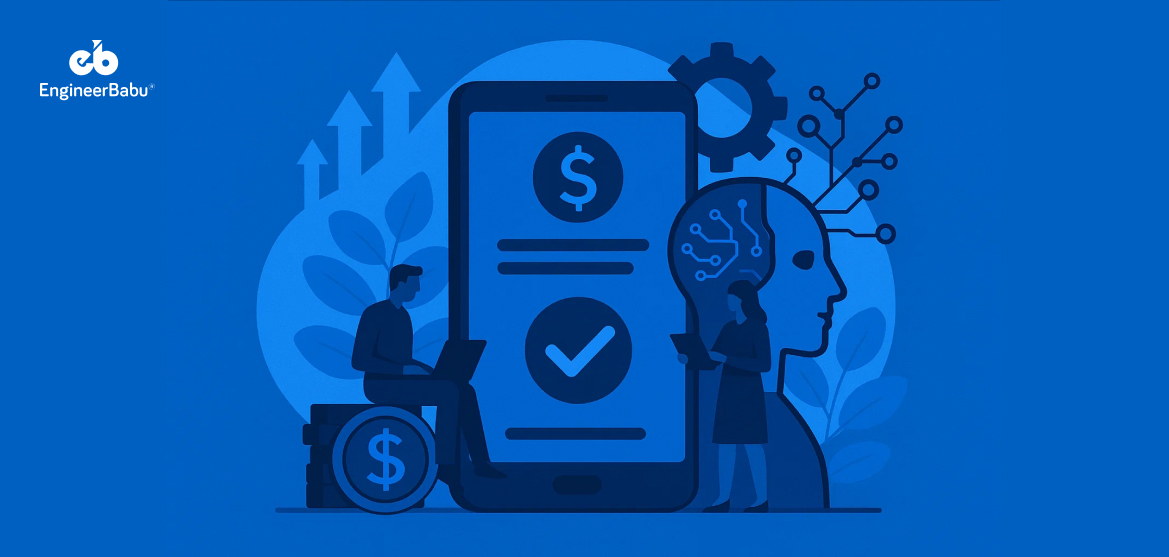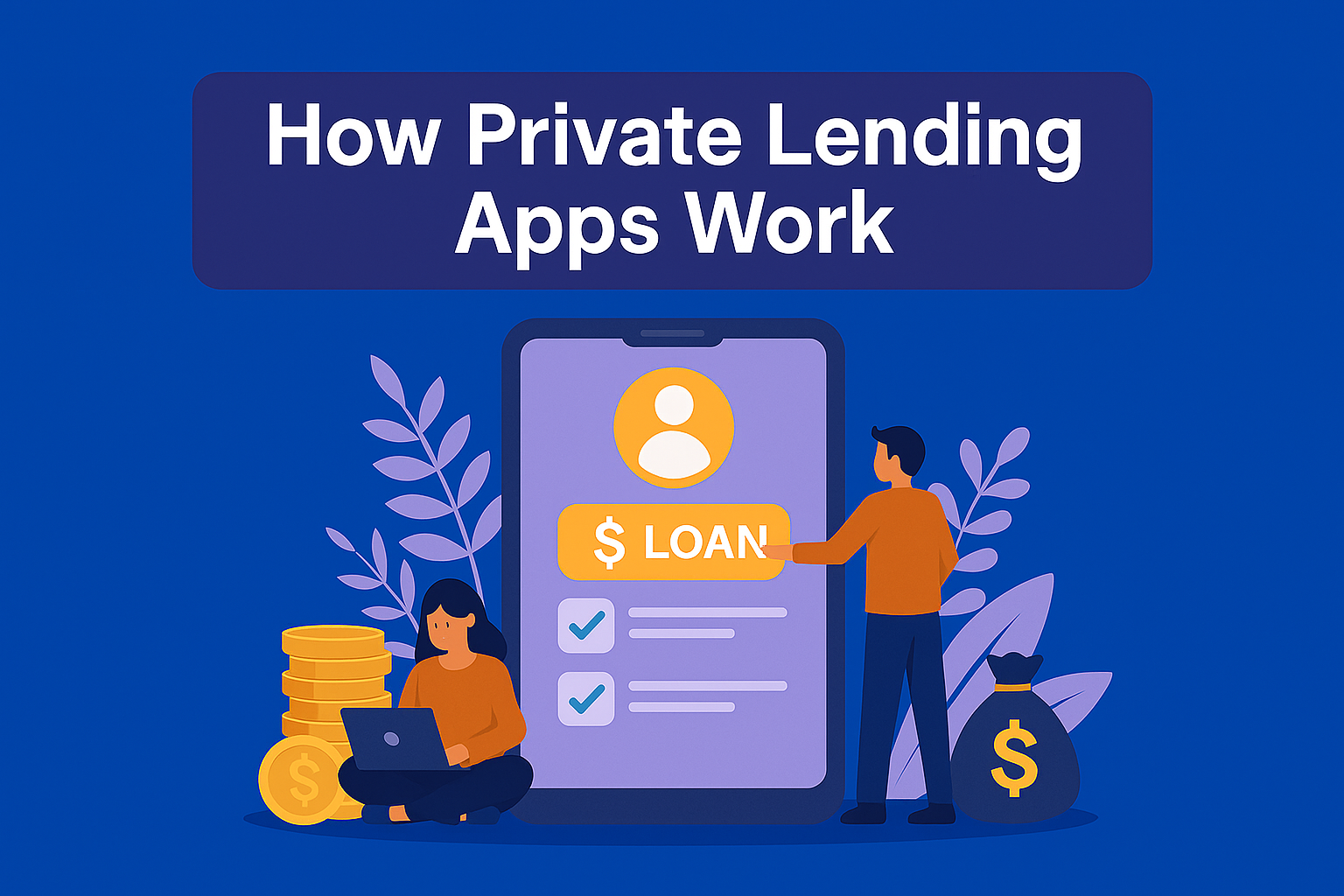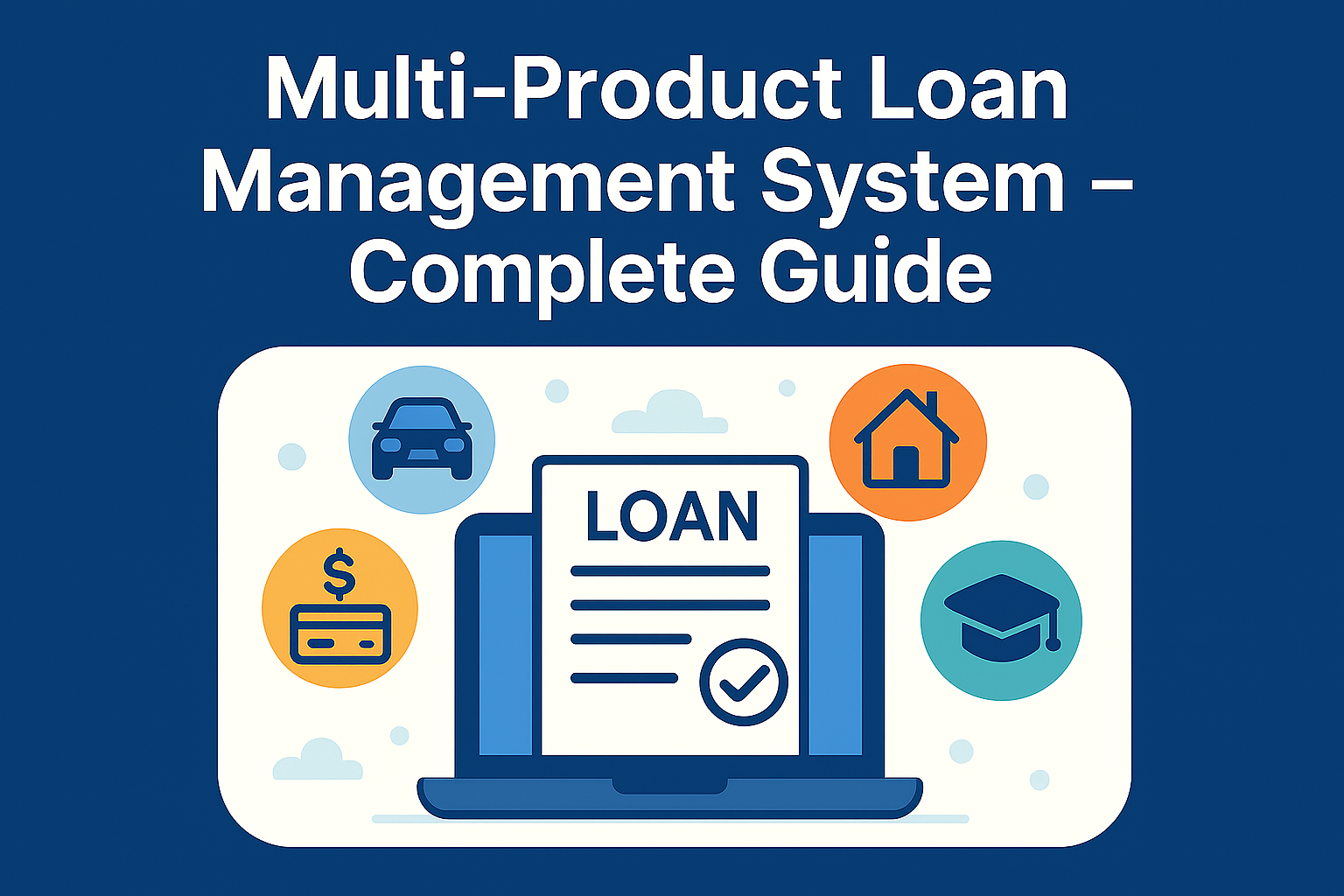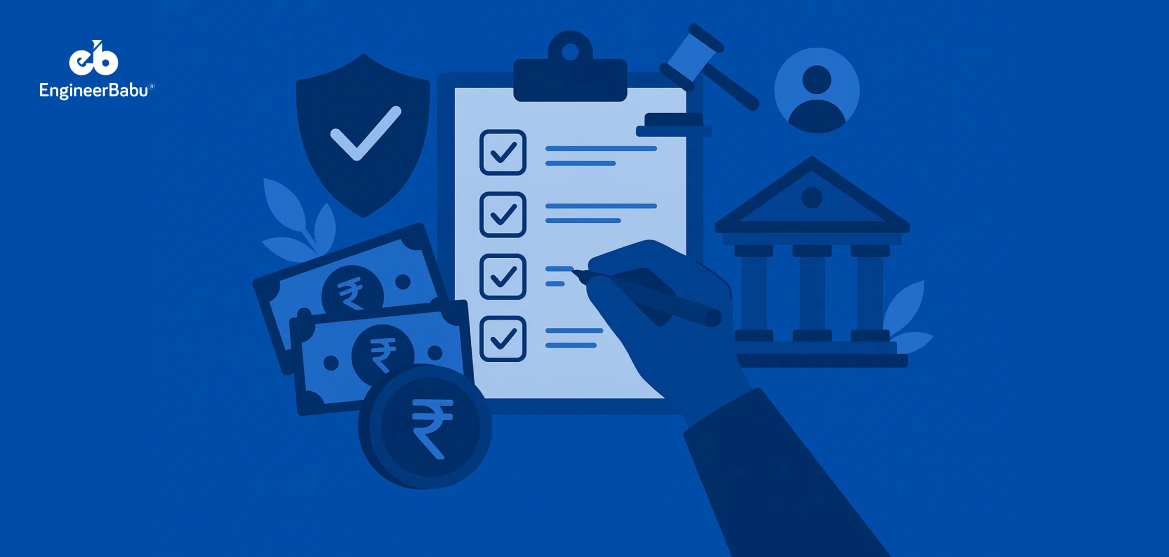Applying for a loan used to mean paperwork, long waits, and limited options. Today, loan lending apps have turned that process into something much faster and far more accessible. Behind this shift is artificial intelligence.
AI in loan lending apps is not just about speeding up approvals. It’s helping lenders understand risk more accurately, detect fraud in real time, and offer borrowers a smoother, more personalized experience.
- For users, this means access to credit when they need it, without the frustration of traditional barriers.
- For lenders, it creates efficiency and confidence in decision-making.
Therefore, in this blog, we’ll break down how AI is being used in loan lending apps, the benefits it delivers, and its impact on the lending landscape. We will also discuss how businesses can approach implementation effectively.
What is AI in Loan Lending Apps?
When people hear “AI and ML in fintech,” they often think of buzzwords like algorithms or automation. In the context of loan lending apps, it’s much more practical. AI here means using machine learning, natural language processing, and predictive analytics to make lending decisions more accurate, secure, and user-friendly.
Instead of relying only on traditional credit scores, AI models can analyze a wide range of data points. This can include spending habits, repayment patterns, transaction history, and even behavioral signals like how consistently someone uses their mobile wallet. The result is a more holistic view of a borrower’s financial health.
AI in loan lending apps usually shows up in several ways:
- Credit Scoring and Risk Assessment
Traditional lending models often exclude people without formal credit histories. AI opens the door by analyzing alternative data such as utility payments, e-commerce transactions, and digital footprints. This gives lenders a clearer picture of creditworthiness, especially for first-time borrowers. - Fraud Detection
AI systems can flag unusual activity in real time. For example, if an application comes from an IP address that doesn’t match the borrower’s location or if multiple applications show similar suspicious patterns, the app can trigger an extra layer of verification. - Customer Support with AI Assistants
Many lending apps now use AI-driven chatbots to answer common questions, guide users through applications, and provide updates on loan status. These assistants are available around the clock and free up human agents to focus on more complex cases. - Personalized Offers and Recommendations
By studying repayment history and spending behavior, AI can suggest loan products that fit a borrower’s profile. Instead of a generic loan package, users see offers that match their actual needs and repayment ability. - Process Automation
From verifying documents to cross-checking applicant details, AI reduces manual work. This not only speeds up approvals but also lowers the chances of human error.
In short, AI in loan lending apps is about replacing rigid, one-size-fits-all processes with smarter systems that adapt to individual borrowers while protecting lenders from unnecessary risk.
Benefits of AI in Loan Lending Apps
AI in loan lending apps is not only about making the process faster; it changes the entire lending experience for both borrowers and lenders. By analyzing large amounts of data and learning from patterns, AI introduces efficiency, fairness, and safety that traditional systems struggle to match.
1. Faster Loan Approvals
Borrowers no longer want to wait days for a decision. AI models can review financial data, verify documents, and assess risk within minutes. This reduces the time between application and disbursement, giving customers access to funds when they actually need them.
2. Smarter Risk Assessment
AI looks beyond standard credit scores. It can consider alternative data such as mobile payments, salary inflows, rent history, and even digital behavior. This allows lenders to make better-informed decisions and also extend credit to people who might have been overlooked in traditional systems.
3. Fraud Prevention and Security
Fraudulent loan applications remain a major challenge. AI helps by spotting unusual behavior in real time. For instance, if multiple accounts are created from the same device or if spending patterns deviate sharply from normal behavior, the system can flag it before funds are released.
4. Cost Reduction and Efficiency
Automating repetitive tasks like KYC verification, document checks, and loan processing reduces the workload for human teams. This not only lowers operational costs but also allows staff to focus on more complex tasks where human judgment is essential.
5. Better Customer Experience
AI-powered chatbots and virtual assistants provide quick responses, guide users through the application process, and share personalized loan offers. This level of service builds trust and keeps borrowers engaged.
In short, the benefits of AI in loan lending apps extend far beyond automation. They create an ecosystem where customers get faster, fairer access to credit, while lenders minimize risk and improve efficiency.
Impact of AI on Loan Lending
The rise of AI in loan lending apps is not just about technology upgrades. It’s reshaping how people borrow, how lenders operate, and how the broader financial industry functions.
To understand the depth of this change, it helps to look at the impact from three perspectives: customers, lenders, and the industry as a whole.
Impact on Customers
For borrowers, AI in loan lending apps means faster approvals, fairer evaluations, and easier access to credit. By analyzing more than just credit scores, AI includes people who might otherwise be excluded. This creates a lending process that feels transparent and personalized, building trust and encouraging more people to engage with digital financial services.
Impact on Lenders
Lenders benefit from AI through sharper risk analysis, reduced fraud, and more efficient operations. By automating checks and using predictive models, lenders cut processing costs while lowering default rates. This allows them to scale their services and serve a wider audience without taking on unsustainable risk, creating a stronger foundation for sustainable business growth.
Impact on the Industry
AI in loan lending apps is reshaping the financial ecosystem. Traditional barriers to credit are breaking down, allowing underserved groups to access formal lending channels. At the same time, regulators and fintech innovators are adapting to balance opportunity with responsibility. The result is a more inclusive, data-driven lending industry that continues to evolve rapidly.
Implementation of AI in Loan Lending Apps
Building AI into a loan lending app takes more than adding an algorithm. It requires a structured approach that balances technology, compliance, and user experience. That’s why most CEO’s prefer to connect with a professional lending software development company.
Here are the key steps that make implementation effective.
1. Data Collection and Management
AI systems are only as strong as the data they learn from. For lending apps, this includes traditional financial data, transaction histories, and alternative sources like utility payments or mobile wallet activity. Data needs to be accurate, consistent, and securely stored to train reliable AI models. Without this foundation, even advanced algorithms will deliver poor results.
2. Developing AI Models and Algorithms
Machine learning and predictive analytics form the core of AI in loan lending apps. These models must be trained to assess risk, detect anomalies, and predict repayment behavior. Natural language processing can also be used for chatbots and customer queries. Continuous training is important because borrower behaviors and fraud tactics evolve over time.
3. Integration with Existing Systems
A lending app often relies on multiple systems, such as payment gateways, credit bureaus, and KYC verification tools. AI solutions must integrate seamlessly with these through APIs or cloud infrastructure. This ensures that automation doesn’t disrupt ongoing operations and that new insights flow directly into the existing decision-making process.
4. Compliance and Security
Since lending involves sensitive financial data, regulatory compliance is non-negotiable. AI systems must align with data protection laws, anti-money laundering rules, and lending regulations in each market. Security measures like encryption, multi-factor authentication, and regular audits ensure trust between users and the app.
5. Continuous Improvement and Monitoring
AI models can’t be deployed and forgotten. Regular monitoring ensures they perform accurately and fairly. Over time, models should be updated with new data to improve predictions. This ongoing cycle helps apps stay competitive while avoiding biases that could affect lending decisions.
Related: How Much Does It Cost to Build a Loan Lending App?
Conclusion
AI in loan lending apps is no longer an emerging idea, it’s already shaping the way people borrow and how lenders manage risk. From speeding up approvals to reducing fraud and expanding access to credit, the technology has proven its value across the board.
As adoption grows, the real winners will be businesses that combine AI’s potential with a customer-first approach.
If you’re planning to build or scale a lending platform, you’ll need more than just AI expertise. You’ll need a partner who understands the balance of technology, compliance, and user experience.
That’s where a fintech app development company like EngineerBabu can help you bring a future-ready solution to life.
FAQs
1. How does AI improve credit scoring in loan lending apps?
AI goes beyond traditional credit scores by analyzing alternative data such as mobile payments, spending habits, and utility bills. This allows lenders to evaluate applicants more fairly, especially those with limited credit history.
2. Is AI in loan lending apps secure for users?
Yes, when implemented correctly. AI systems use fraud detection models, data encryption, and real-time monitoring to protect user information and prevent unauthorized activity. Security also depends on compliance with local financial regulations.
3. Can AI reduce loan defaults?
AI improves risk assessment by predicting repayment behavior more accurately. By identifying high-risk borrowers early, lenders can reduce defaults and make better lending decisions.
4. What challenges do businesses face when adding AI to lending apps?
The main challenges include ensuring data privacy, meeting regulatory requirements, and avoiding bias in AI models. Continuous monitoring and human oversight are key to addressing these issues.
5. What’s the future of AI in loan lending apps?
The future points to predictive lending models, greater financial inclusion, and personalized financial advice delivered directly through apps. As AI evolves, it will make borrowing simpler, safer, and more accessible worldwide.




